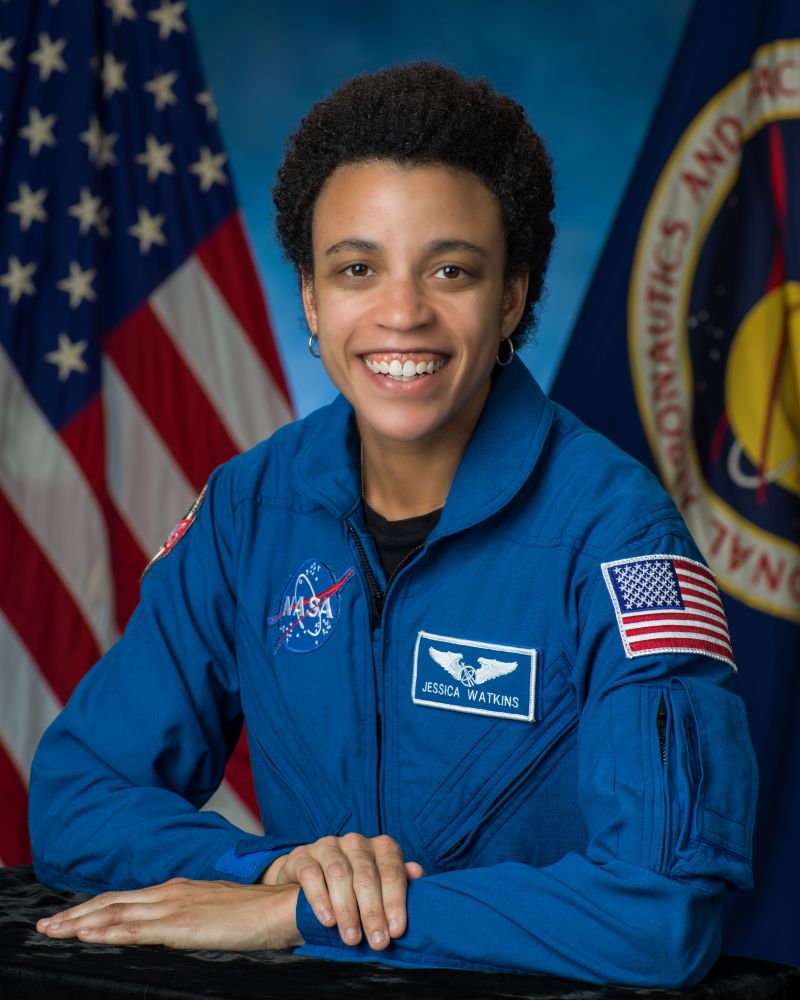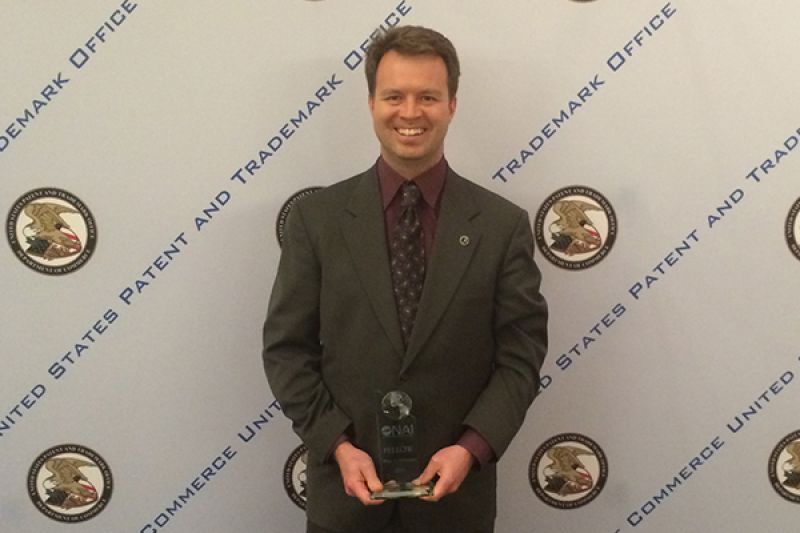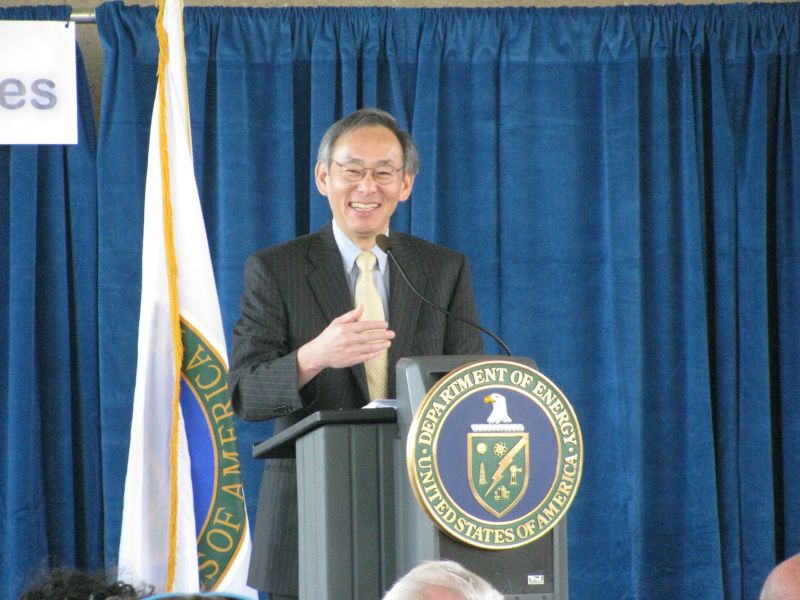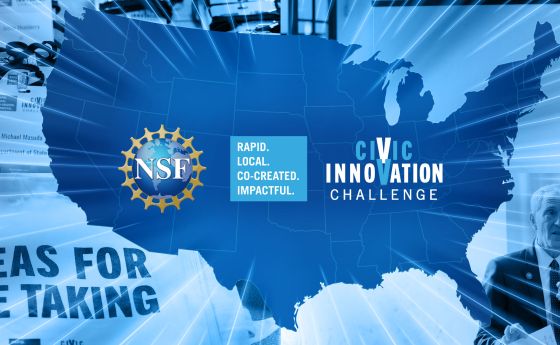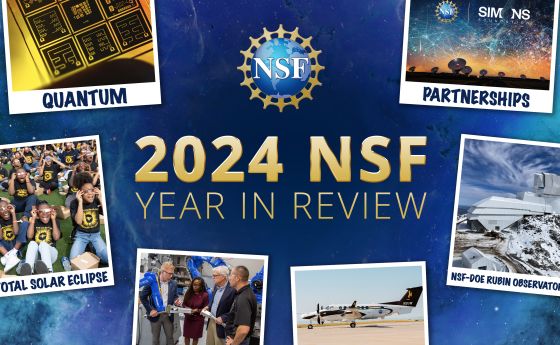
NSF's Graduate Research Fellowship Program: Launching science and engineering careers since 1952
The Graduate Research Fellowship Program is one of the U.S. National Science Foundation’s oldest programs, launched in 1952. In fact, the first GRFP awards predate NSF’s first awards for research grants. Today, it is one of NSF’s most well-known programs. GRFP recruits high-potential, early-career scientists and engineers and supports their graduate research training in science, technology, engineering, and mathematics and STEM education fields. Each year, the program receives nearly 14,000 applications, and it awards about 2,000 fellowships.
A hallmark of GRFP is its contribution to increasing the diversity of the STEM workforce, including geographic distribution as well as the participation of women, underrepresented minorities, persons with disabilities and veterans. The thousands of fellows are leaders in their chosen careers, having made transformative breakthroughs in science and engineering, and some have been honored as Nobel laureates and National Academies members. Here are just four of them:
Jessica Watkins, Ph.D. – 2012 Graduate Research Fellow
Jessica Watkins, a member of the 2017 class of NASA astronauts, was awarded a fellowship in geosciences in 2012 and earned her doctorate in geology from the University of California, Los Angeles. Her fellowship supported research on the mechanics of large landslides on Earth and Mars, research that combined fieldwork with analysis of satellite imagery collected by the Mars Reconnaissance Orbiter. She is currently awaiting a flight assignment from NASA, which could include a future mission to Mars to continue her fieldwork.
Katie Bouman, Ph.D. - 2011 Graduate Research Fellow
Katie Bouman is a professor in computing and mathematical sciences at Caltech. As a postdoctoral fellow with the Event Horizon Telescope, she led one of the teams that developed the algorithm used to produce the first image of a black hole in April 2019. In congressional testimony, Bouman credited the GRFP with the support she needed as a computer scientist to “take a risk” to work in the field of astrophysics. Bouman was awarded a fellowship in 2011 in engineering-systems engineering and earned her doctorate in electrical engineering and computer science at the Massachusetts Institute of Technology in 2017.
Wayne Westerman, Ph.D. – 1995 Graduate Research Fellow
Wayne Westerman is a senior engineer of multi-touch gestures and algorithms at Apple Inc. As a fellow, Westerman, along with University of Delaware electrical and computer engineering professor John Elias, invented the iGesture Pad to help people with hand disabilities use a computer without a keyboard. The two inventors then founded FingerWorks, which created some of the world’s first tablet computers with multi-touch screen technology. Apple acquired FingerWorks in 2005 and used the technology to power its iPhone touchscreen.
Steven Chu, Ph.D. – 1970 Graduate Research Fellow
Steven Chu served as the U.S. Secretary of Energy from 2009-2013 and was awarded the Nobel Prize in Physics in 1997. He was awarded a fellowship in 1970 in theoretical physics and earned his doctorate in physics from the University of California, Berkeley in 1976. His Nobel Prize was awarded for his work on laser cooling, a technique that uses lasers to slow and trap atoms and other particles. The technique has many applications in science, engineering, medicine and industry. Chu is a professor of physics and of molecular and cellular physiology at Stanford and an advocate for increased use of renewable energy to combat climate change.
To learn more about the Graduate Research Fellowship Program, visit the program’s website

